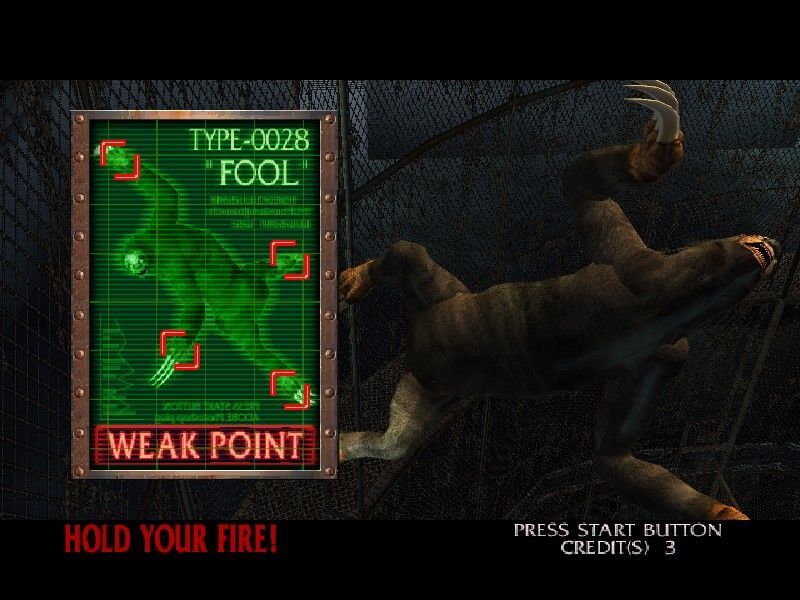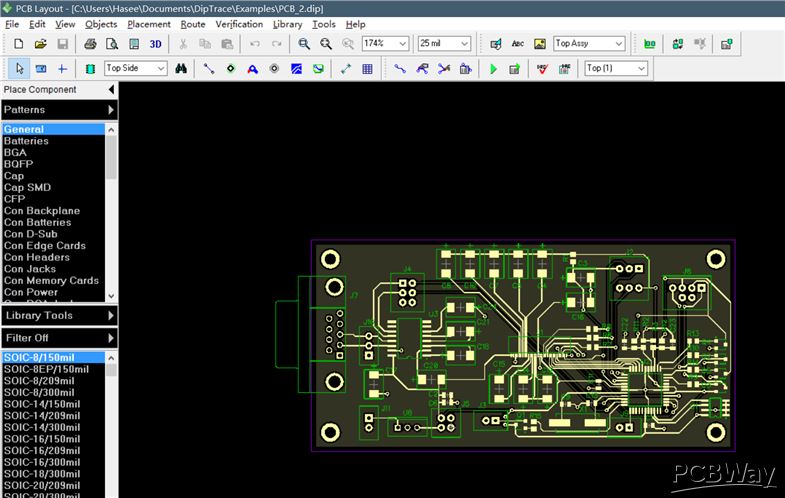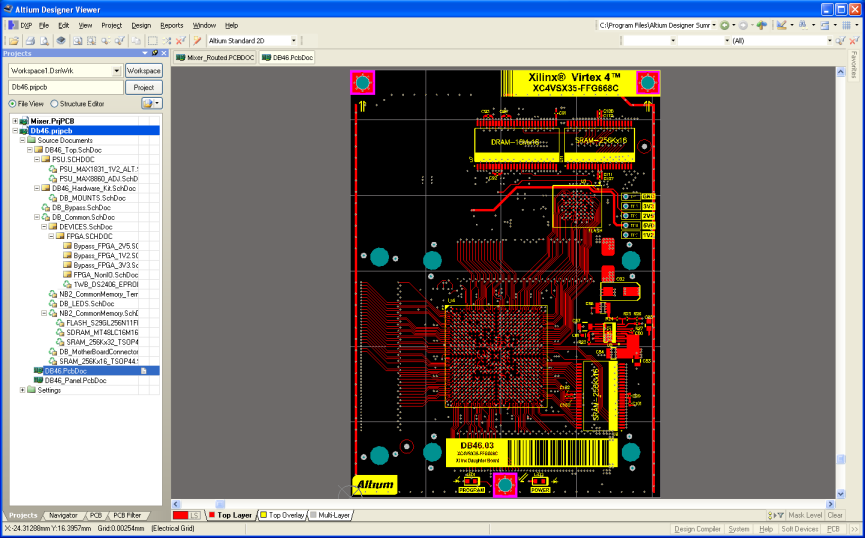How To Open Pcb File In Windows

PowerPoint add-ins help in adding new capabilities that can polish your presentation in many ways. But when the time comes to uninstall theseadd-ins for whatsoever reason, you might be surprised to find their menu customizations, such as buttonsthat represent add-in features still exist! Click those menu extensions and nothing may happen, but these menu options are still there!
In another scenario, you may have customized your PowerPoint menus and toolbars to a large extent. Now, you want to restore everything to apristine state, almost like how the interface looked when you first installed PowerPoint.

In either case, it is possible to lose all these customizations. The key to this solution lies in PCB files. So what's a PCB file? Let's learnmore.
A PCB file is a PowerPoint Settings file where PowerPoint stores every customization you make within the program interface. These customizations include the appearance of new add-in menus and toolbars.
The Open File function is designed to let you quickly find file viewer for over 5,000 unique file extensions. Hover mouse over thumbnails to enlarge. Hover mouse over thumbnails to enlarge. Click a thumbnail to download the solution. To open this file, Windows needs to know what program you want to use to open it. Windows can go online to look it up automatically, or you can manually select one from a list of programs that are installed on your computer. To avoid this error, you need to set the file association correctly.
Whenever PowerPoint launches, it looks for this PCB file within a typical location:


C:Users<UserName>AppDataRoamingMicrosoftPowerPoint
Pcb File Converter
If no PCB file is found, PowerPoint creates a new one! In other words, PowerPoint restores all defaults. Therefore, this creation of a new PCBfile can be put to advantage. First, we need to rename or delete the errant PCB file. Follow these steps to do so:
How To Open Pcb File In Windows Media Player
- Make sure PowerPoint 2016 is closed. Then navigate to the path mentioned below:
- C:Users<UserName>AppDataRoamingMicrosoftPowerPoint
- Substitute <UserName> with the user name set for your computer.
- Within this folder, you will find a PCB file, as shown in Figure 1 below. You may see more than one PCB file here,and this happens if you have multiple versions of Microsoft Office installed on your system. For PowerPoint 2016, the file you need will be namedPPT16.pcb or similar.
Figure 1: PCB file location- Now, you can either delete the PCB file or you can rename it with a .bak or another extension. We highly recommendthat you rename rather than delete the file! For this example we will rename the file with a .bak extension, as shown inFigure 2 below. You can also always delete the PCB file later once a new PCB is created, and everything seems to be working well.
Figure 2: PCB file renamed- Now, launch PowerPoint 2016. It might take a while to load since a new PCB file is being created. At this point of time, get back tothe original folder that contained the PCB file. You'll notice that a new PCB file has been created.
PowerPoint Versions and PCB File Names
The file names of the PCBs indicate which version of PowerPoint they influence:PPT16.pcb relates to PowerPoint 2016
PPT15.pcb relates to PowerPoint 2013
PPT14.pcb relates to PowerPoint 2010
Don’t see the PCB file extension? Your file extensions need to be made visible. To learn more, look at ourShow File Extensions tutorials.
Safely Working with PCB Files
Always keep a backup copy of your PCB file. This backup file may come handy when you want to roll back PowerPoint's customizations to an earlierstage.Also, never rename or delete a PCB file while PowerPoint is still open.